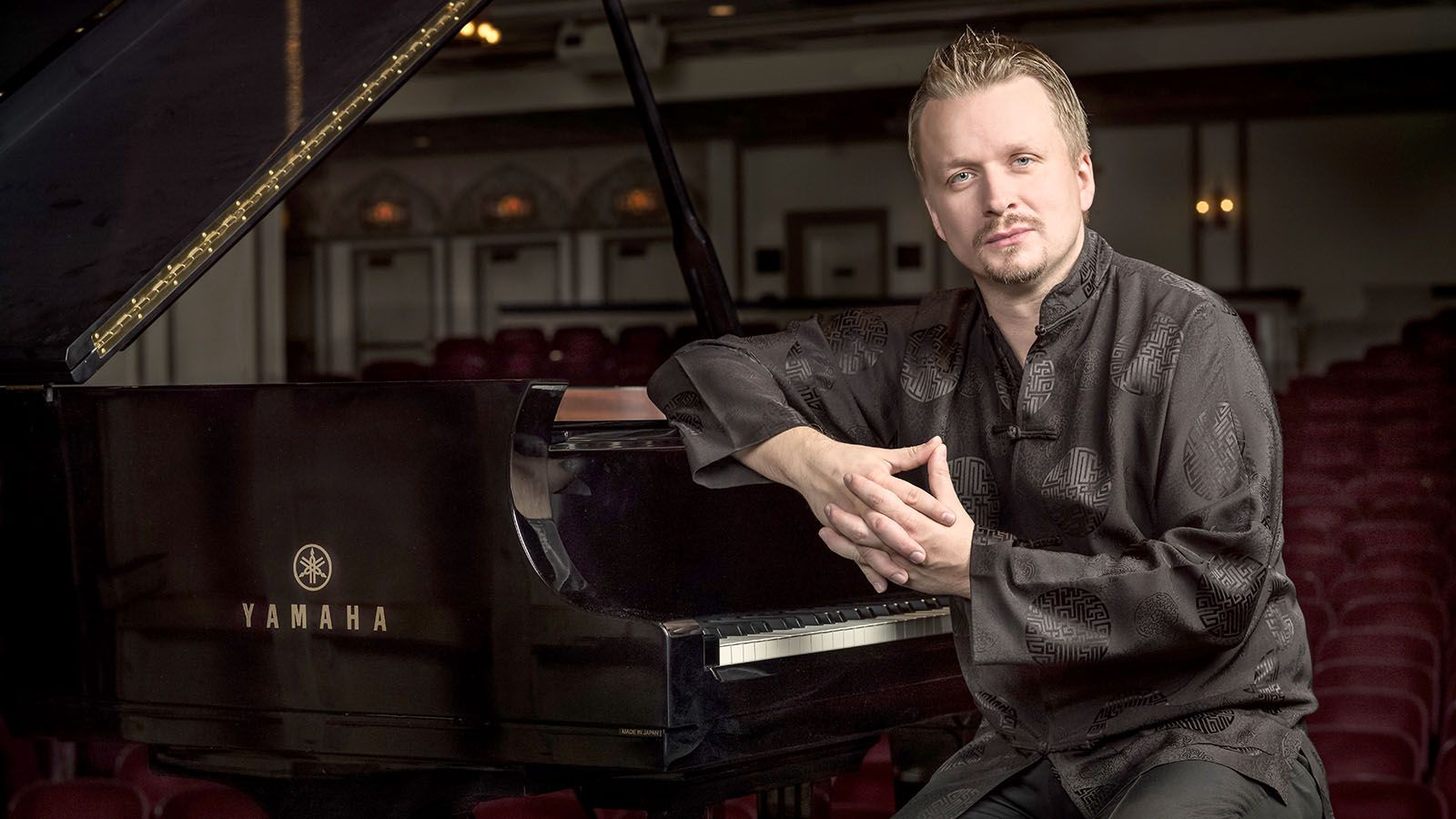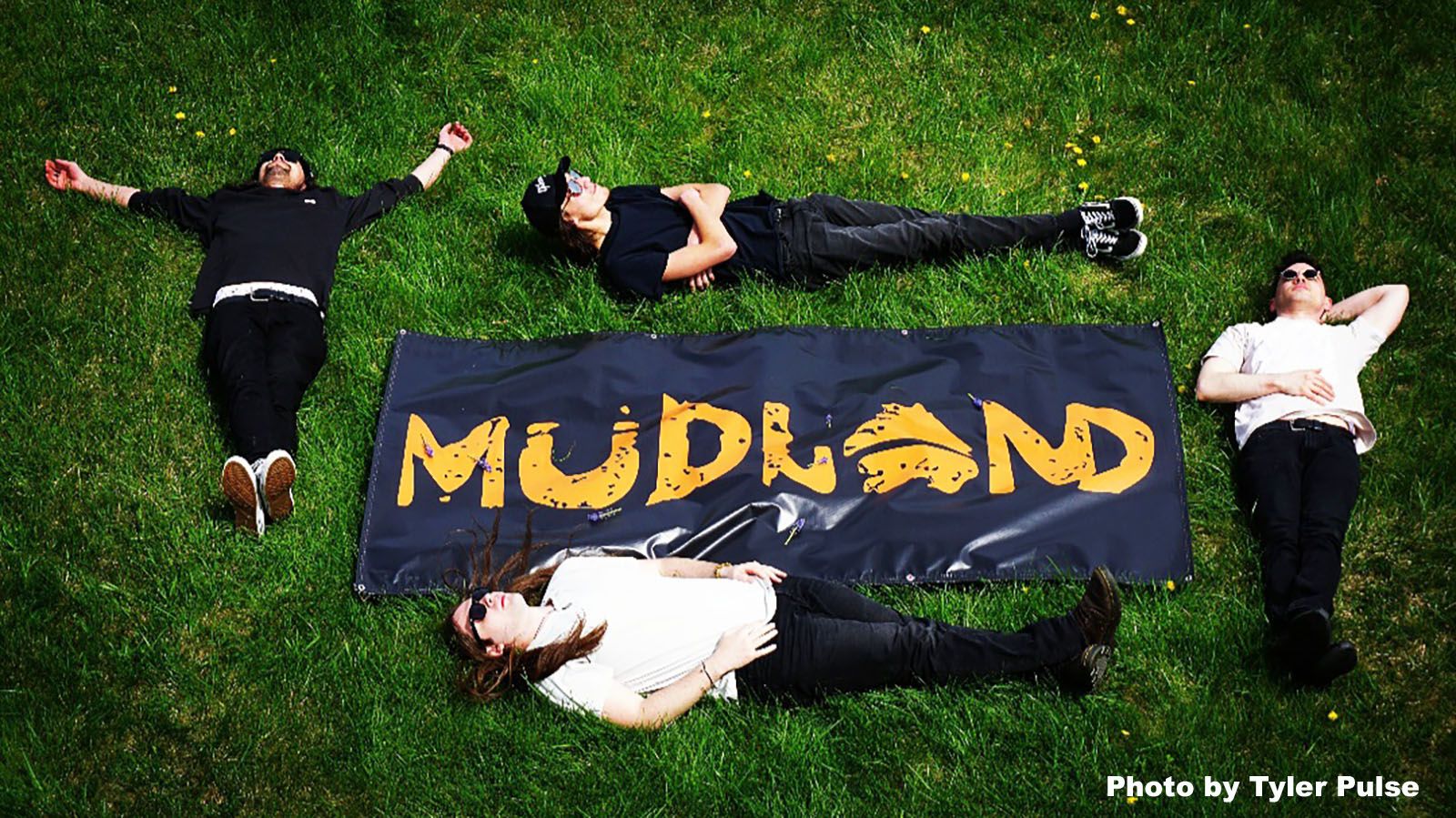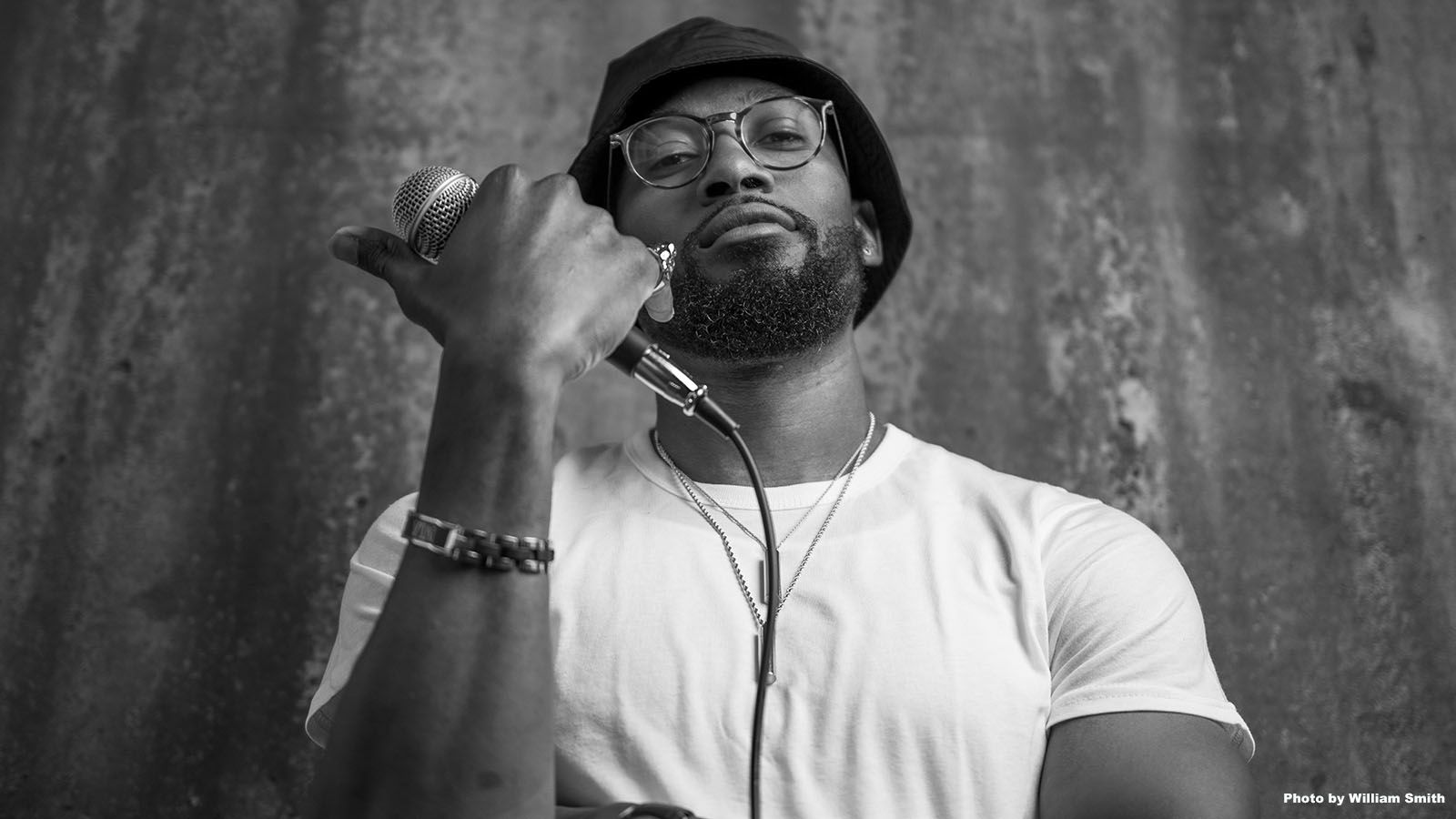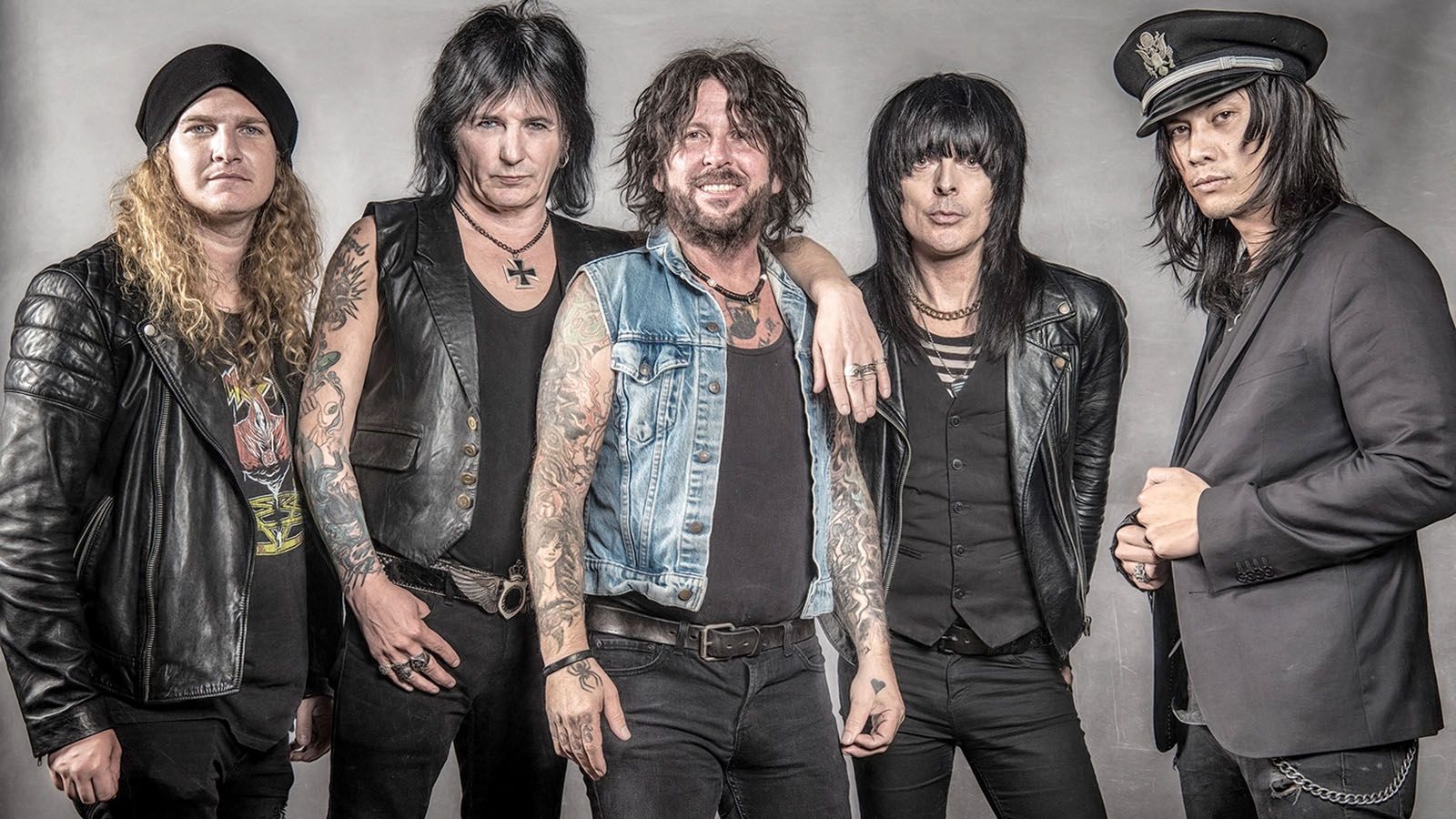On Friday, May 12, at the Embassy Theatre, the Fort Wayne Philharmonic Orchestra will close their shortened 2022-23 season with their final Masterworks performance, named after the middle piece in the concert, Gershwin’s Rhapsody in Blue.
For the Phil, needless to say, it’s been a season of fractious contention with a three-month gap in the middle, but it’s heartening to see that discord turn back to harmony.
what to expect
In this season finale, Musical Director Andrew Constantine and the Philharmonic Orchestra will welcome back the Fort Wayne Philharmonic Youth Orchestra, crowding onto the Embassy stage to play side-by-side with the pros. They will play two movements from the concert suite from Sergei Prokofiev’s opera The Love for Three Oranges, which, though thoroughly Russian, premiered in Chicago in 1921.
Then the Philharmonic will perform Prokofiev’s Symphony No. 7, from 1952, the last year of his life.
Internationally renowned pianist Ilya Yakushev will join the orchestra for the American composer George Gershwin’s Rhapsody in Blue from 1924. The orchestra, with saxophones and taxi horns, close the show with that all-time crowd-pleaser, Gershwin’s An American in Paris.
Reconnecting after shutdown
The pieces Constantine selected for the Masterworks this season (originally seven concerts, but because of the musicians’ three-month strike, reduced to three) kept touching on his own connection to Saint Petersburg, Russia, where he trained and performed in his early days and, I believe, where he befriended Yakushev.
Why pair Prokofiev with Gershwin? That takes some explaining.
We spoke with Constantine at the beginning of the season in October, then again last month before his Bach in the Barn performances. As he explained, the genesis of the upcoming concert goes back to the early days of the pandemic.
Constantine traveled to Russia and conducted the Saint Petersburg Philharmonic on Jan. 26, 2020, with Yakushev playing on Rhapsody in Blue. Just a few weeks later, in March, Constantine and Yakushev came to Fort Wayne to work with the Philharmonic.
“Ilya was actually here, in town, the day everything shut down,” Constantine said. “We were about to rehearse Shostakovich’s second piano concerto to do it in the same program with Karl Orff’s Carmina Burana. We were sitting in the Dash-In on Calhoun Street, the coffee shop there, and listening to the news, looking at the papers on Friday the 13th, I think it was. And we thought, ‘Something happening, isn’t there. Everything’s going to shut down.’ And that day we were canceled.”
Now it’s three years later, and Constantine hadn’t worked with his friend Yakushev until now.
Contemporaries
Prokofiev, a Russian, was born in what is now Ukraine in 1891 and was trained and began his musical career in Saint Petersburg.
Gershwin’s parents, Russian Jews, met while living in Saint Petersburg in that era, but soon emigrated to the United States. Gershwin was born in New York in 1898.
Prokofiev fled to the West in 1918 amid the Russian Revolution and continued his career, including some time in the United States.
Gershwin and Prokofiev were contemporaries who worked in the orchestral form and they clearly knew each other’s music, but it’s hard to imagine that one had any influence on the other.
Gershwin was immersed in the emerging world of American jazz and was considered a pop composer, while Prokofiev was eminently Russian.
Prokofiev, after several trips to visit what had become the Soviet Union, made the decision to move permanently back there in 1936, not long before Gershwin’s death in Los Angeles at the age of 38.
Prokofiev was made to conform to Soviet artistic standards, which certainly wouldn’t condone Gershwin’s music. Prokofiev continued to work in Moscow until he died on the same day as Joseph Stalin, on March 5, 1953.
Yet now, 100 years after The Love for Three Oranges and Rhapsody in Blue, it’s all the same to audiences around the world.
“Gershwin is incredibly popular in Russia and Saint Petersburg in particular,” Constantine said. “And it’s full circle here. Prokofiev went back to Russia, made the big mistake of thinking that Communist Russia was the place he wanted to be.
“I’ve witnessed the most amazing passion for Gershwin in Russia. And I wanted to bring these pieces into the season.”
In Conductor’s words
About Prokofiev’s No. 7, Constantine says, “It’s not very long. It’s very delicate in a lot of places and incorporates a lot of his ballet music and does not have a rousing ending.
“But I’m really excited about doing the Prokofiev. I love that piece.
“It’s quite difficult to know how to program that piece. And I’m still looking at it, thinking, ‘Have I really done that? Did I really put those together?’ But I don’t want (people to be) surrounded by music that will leave anybody feeling less than energized when they leave the hall. And there’s nothing more energetic than An American in Paris. I’ve conducted it a number of times and everyone just goes crazy at the end of it.
“But it’s also interesting how you can be almost floating above it as an observer,” he added. “When I used to work as the associate conductor at the Baltimore Symphony, we did a European tour and Yuri Temirkanov, the Russian music director at the time who loves Gershwin, he was conducting this as one of the regular programs on the tour. You could just feel the audience being electrified by this American orchestra on tour, playing Gershwin and observing that synergy. The connection was wonderful. And I always love conducting it. It’s a magnificent piece to close the season with.”
Any day now, we are hoping for news of the Philharmonic’s summer concerts and their 2023-24 season. We hope it will be a year of renewed energy and growth.





